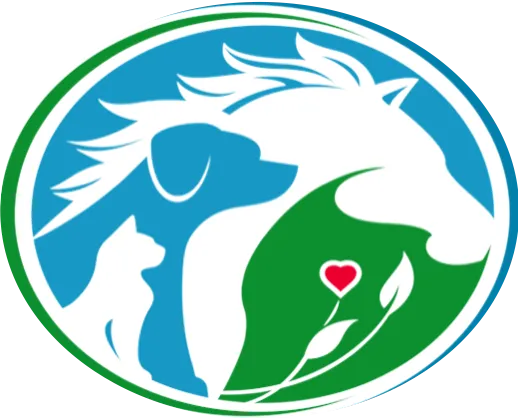Cats, Dogs, Horses, Small Pets, Birds, Poultry & Reptile
(How to Use with Fish is below)
our fish testimonials & articles about
Aquatic Serenity and Well-being

7 Signs of Betta Fish Stress And Preventative Measures-A Complete Guide
7 Signs of Betta Fish Stress and Preventative Measures
Introduction:
Owning a Betta fish is a delightful experience, but the responsibility extends beyond providing a visually appealing aquarium. Betta fish, despite their resilient nature, can experience stress, and being attuned to the signs is crucial for their well-being. In this comprehensive 900-word article, we embark on an exploration of the nuanced world of stress signs in Betta fish, offering insights into recognition, potential causes, and proactive measures to foster a harmonious environment.
1. Recognizing Behavioral Changes
The first clues to a stressed Betta fish often manifest in their behavior. Observing changes in swimming patterns, such as lethargy or erratic movements, is a key indicator. Pay attention to alterations in the fish's interaction with its surroundings—hiding more frequently, avoiding specific areas, or, conversely, spending excessive time near the water surface. By recognizing these behavioral changes, owners can decode the initial signals of stress and intervene before the situation escalates.
2. Altered Feeding Habits
Betta fish are known for their hearty appetite, so any significant changes in eating habits can be indicative of stress. A stressed Betta may show disinterest in food, leading to a reduced appetite or even refusal to eat. On the flip side, stress can also trigger overeating in some cases. Monitoring their feeding habits is not only vital for their nutrition but also provides valuable insights into their emotional well-being.
3. Changes in Coloration
The vibrant colors of Betta fish are a source of joy for owners, and any deviation from their usual hues can be a sign of stress. Fading colors, darkening, or the appearance of dull patches may signal an underlying issue. On the other hand, some Betta fish may exhibit heightened or exaggerated colors as a stress response. Understanding the natural coloration of your Betta and recognizing deviations is essential for early detection and intervention.
4. Respiratory Changes
Respiration is a fundamental aspect of fish health, and alterations in breathing patterns can be telling signs of stress. Rapid gill movement, gasping at the water's surface, or spending an unusual amount of time near the surface can indicate respiratory distress. Monitoring respiratory changes provides critical information about the fish's overall well-being and can guide interventions to address potential stressors, such as water quality issues.
5. Fin Clamping and Body Posture
Subtle changes in fin position and body posture can offer valuable insights into a Betta fish's emotional state. Fin clamping, where the fins are held close to the body, is a common response to stress. Additionally, changes in body posture, such as a drooping appearance or unusual positioning, may indicate discomfort or illness. Understanding the normal fin and body positions for your Betta is essential in identifying when these subtle signs may be indicative of stress.
6. Aggression or Social Withdrawal
Betta fish are known for their territorial nature, and changes in their social dynamics can be significant stress indicators. Increased aggression towards tank mates or, conversely, social withdrawal, where the Betta isolates itself, can signal unease. Understanding the nuances of Betta fish interactions and recognizing shifts in social behavior are essential for maintaining a harmonious community and preventing stress-related issues.
7. Unusual Swimming Behaviors
A stressed Betta may exhibit unusual swimming behaviors that go beyond changes in patterns. Flashing, where the fish rubs its body against tank surfaces, or darting around the tank in a frantic manner, can indicate discomfort or the presence of external irritants. Owners should carefully observe swimming behaviors, as they can provide crucial clues about the source of stress and guide appropriate corrective measures.
Addressing Potential Causes
Once stress signs are recognized, the next step is to identify and address potential causes. Conducting regular water quality tests is paramount, ensuring that parameters such as temperature, pH levels, and ammonia concentrations are within optimal ranges. Evaluate the tank setup, providing appropriate hiding spots, plants, and suitable decor to create a secure environment. Consider the compatibility of tank mates and adjust feeding practices to meet the nutritional needs of the Betta.
Proactive Measures for Stress Prevention
Preventing stress in Betta fish involves adopting proactive measures. Gradual acclimation to changes in the tank environment, whether related to water conditions or new additions, minimizes stress. Introduce compatible tank mates carefully, monitor their interactions, and be prepared to intervene if aggression occurs. Establish a consistent and balanced feeding routine, ensuring a nutritious diet. Additionally, consider the introduction of natural elements like Indian almond leaves or Betta hammocks to enhance the overall well-being of your Betta fish.
Seeking Professional Advice
In cases where stress signs persist or are accompanied by other concerning symptoms, seeking professional advice from a veterinarian experienced in fish care is advisable. A vet can provide a thorough examination, diagnose potential health issues, and offer targeted treatment options to ensure the well-being of your Betta fish.
Conclusion
In conclusion, recognizing and addressing stress signs in Betta fish is an essential aspect of responsible ownership. By decoding behavioral changes, monitoring feeding habits, observing coloration, and paying attention to respiratory patterns, fin positions, and social dynamics, owners can foster a stress-free environment for their Betta. Implementing proactive measures and understanding the unique needs of these vibrant fish contribute to a harmonious and thriving aquarium, ensuring the well-being and happiness of Betta fish companions.


Before and After Videos


BEFORE AND AFTER VIDEOS
troubled waters calmed:
Magical Before & After videos!
Aggressive Fish Tank Improvement
Calmed By Social Fish Solution
Regular Tank Activity
Take a look at the fish swimming at a calmer pace!
before Social Fish Solution
1 day after Social Fish Solution
2 months after Social Fish Solution
feeding time
Notice the decreased feeding frenzy!
before Social Fish Solution
1 day after Social Fish Solution
2 months after Social Fish Solution


TESTIMONIALS


TESTIMONIALS
Fintastic Feedback
My Tank Is So Peaceful!
Missing Snails Re-appear
No More Fish Cannibalism!
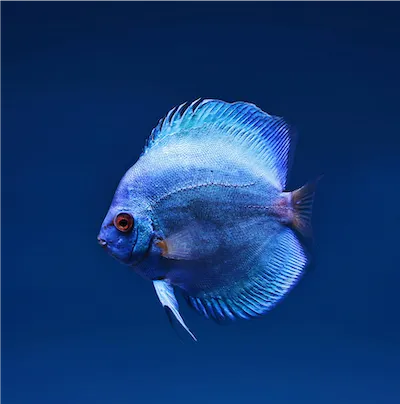
GOAL:
Harmony In the Harris' Fish Tank
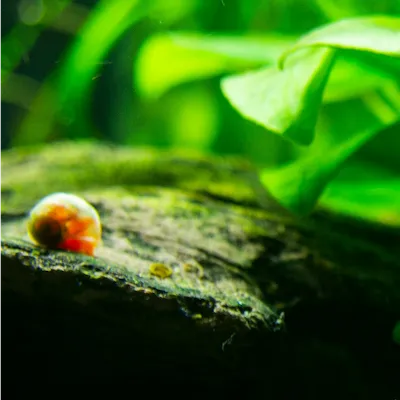
GOAL:
Harmony In the Dunn's Fish Tank
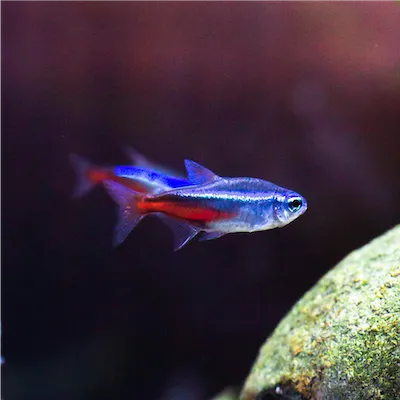
GOAL:
Harmony in the Meyer's Fish Tank
My tank became so aggressive. I no longer found it peaceful to sit and watch my tank.
One day later:
I can already see a difference! The tank is calmer and I get enjoyment from catching a glimpse of it as I walk by.
— DW
I thought my two snails were dead—I have not seen them in six months.
Two days later:
I spotted one snail out in the open.
One week later:
The second snail appeared along side the other.
— JN
I stopped buying my favorite small fish because they were eaten by my bigger fish within two days.
Two weeks later:
Now that my tank is calmer, it felt safe to add the small fish into the tank. I can still count all three of them one month later!
— CJ
My Tank Is So Peaceful!

GOAL:
Harmony In the Harris' Fish Tank
My tank became so aggressive. I no longer found it peaceful to sit and watch my tank.
One day later:
I can already see a difference! The tank is calmer and I get enjoyment from catching a glimpse of it as I walk by.
— DW
Missing Snails Re-appear

GOAL:
Harmony In the Dunn's Fish Tank
I thought my two snails were dead—I have not seen them in six months.
Two days later:
I spotted one snail out in the open.
One week later:
The second snail appeared along side the other.
— JN
No More Fish Cannibalism!

GOAL:
Harmony in the Meyer's Fish Tank
I stopped buying my favorite small fish because they were eaten by my bigger fish within two days.
Two weeks later:
Now that my tank is calmer, it felt safe to add the small fish into the tank. I can still count all five of them one month later!
— CJ
A Trained Animal Communicator Connects with Your Pet
With every order, a trained animal communicator connects with your pet to choose the right blend of flower essences
(e.g. Bach Flower Essences) for calming their anxiety. Custom blended flower essences are natural pet calming products.



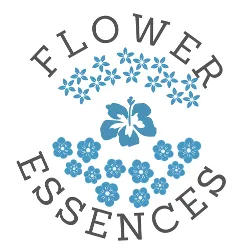


Calm Animal Solutions
Calm Animal Solutions offers customized, natural remedies for dog anxiety, and are calming for cats. Plus, we create blends for horses, small animal pets, birds, poultry, reptiles, and fish.
#CalmAnimalSolutions
on Instagram.
©2024, Catherine Winfree. All rights reserved.
Mandatory FDA Notice: The statements made regarding Calm Animal Solutions have not been evaluated by the Food and Drug Administration. These products are not intended to diagnose, treat, cure, or prevent any animal disease. Although the ingredients in Calm Animal Solutions are generally regarded as safe, you are encouraged to consult your veterinary before using any essence product (such as Bach Flower Essences, for example).
A Trained Animal Communicator Connects with Your Pet
With every order, a trained animal communicator connects with your pet to choose the right blend of flower essences (e.g. Bach Flower Essences) for calming their anxiety. Custom blended flower essences are natural pet calming products.





Mandatory FDA Notice: The statements made regarding Calm Animal Solutions have not been evaluated by the Food and Drug Administration. These products are not intended to diagnose, treat, cure, or prevent any animal disease. Although the ingredients in Calm Animal Solutions are generally regarded as safe, you are encouraged to consult your veterinary before using any essence product.

Home | Contact | Terms | Privacy Policy | About Catherine
©2024, Catherine Winfree. All rights reserved.
